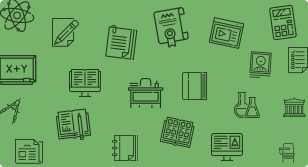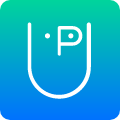Tools and Techniques (Life Sciences) is an exam-oriented class designed to turn laboratory concepts into fast, accurate answers on UGC-NET Paper II. We cover microscopy (light, phase, fluorescence, confocal, EM), spectroscopy (UV-Vis, fluorescence, IR, MS), chromatography (paper, TLC, GC, HPLC, FPLC), electrophoresis and blotting (agarose, SDS-PAGE, 2-D; Southern, Northern, Western, ELISA), molecular methods (PCR/qPCR/RT-PCR, cloning, CRISPR, Sanger versus NGS), cell-based techniques (culture, flow cytometry, immunostaining), and bioinformatics (NCBI, BLAST, alignments, phylogeny). Emphasis is placed on principles, controls, limitations, and the kinds of graphs, gels, chromatograms, and spectra that appear in MCQs. You will practice numericals—dilutions, Beer–Lambert calculations, enzyme kinetics (Km, Vmax), error and calibration—using NET-pattern question sets. Each topic follows a Concept→Question bridge, then speed-drill “trap MCQs” that target common distractors. Weekly CBT mini-mocks, image/data interpretation labs, and doubt-clearing clinics ensure feedback and correction. Learners receive classified PYQs with worked solutions, formula and fact sheets, dilution/kinetics workbooks, and a last-48-hour revision pack. By the end, you will know how to choose the right tool for a biological objective, recognize signatures in data quickly, and manage time confidently during the exam. The module suits beginners returning after a gap and advanced aspirants targeting JRF cutoffs through precision, speed, and retention strategies.





